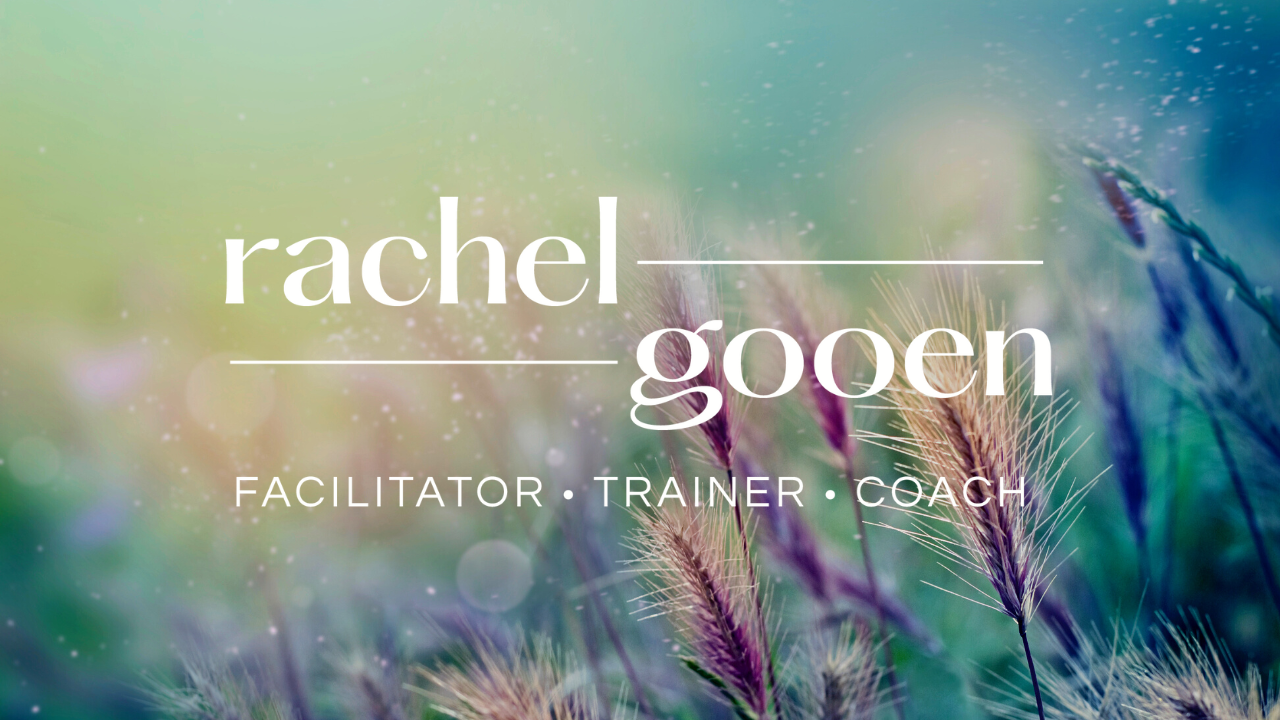Facilitating Effective and Fun Online Meetings
Yikes! We’ve all just been thrown into a world full of virtual meetings and it looks like that will continue to be a reality for the coming weeks. Rather than getting tired of all the online communications, consider this a great opportunity to build your skills in virtual facilitation. After all, there was huge growth in remote work before the COVID-19 pandemic hit and Montana is a big state – there will always be a need for virtual meetings, even after the effects of coronavirus subside.
Our goal is always to make meetings both fun and effective. Here are some tips from Rachel Gooen Consulting on achieving those goals in a virtual setting.
Icebreakers. Icebreakers can be hotly contested! But we find them especially beneficial in online meetings because they help everyone relax into the meeting and get comfortable speaking. Any google search of icebreaker questions will bring you lists upon lists of potential questions. Pick one that brings a smile to your face and invites participants to share a little bit of a story. Here are some of our favorites:
Tell us about the view out your window
Tell us about the 3rd picture in your phone (or the one closest to the 3rd picture that you’re comfortable sharing). Note, that you’ll want to be sure people put their phones away afterwards!
If you could bring back any fashion trend what would it be?
Agendas. Agendas are just as important for a virtual meeting as they are for in-person meetings. All meetings should have a purpose and 1-3 top goals for the meeting to achieve. Each agenda item helps the meeting achieve those goals. If you’re hosting an informal staff meeting, it can be fun to co-create an agenda at the beginning of the meeting. If you have an agenda prior to the meeting, send it out with the meeting link and you can post it in the chat or screenshare the agenda so everyone can see it without checking their email.
Meeting engagement. Sometimes it’s harder to get discussion going in a virtual environment, which is another reason why it’s important to break the ice at the start. Using a variety of techniques to garner discussion can keep the meeting feeling fresh. Consider the number of meeting attendees and what your goals for different parts of your agenda are when determining which techniques to use. Here are a few that are readily available on all online meeting platforms. (This is also a good time to use a facilitator’s agenda so you can write yourself notes)
Encourage attendees to use video. If bandwidth isn’t a problem, videos make a virtual meeting much more engaging since you can make “eye” contact and see everyone’s body language.
Do a round robin, asking each attendee for their opinion or take on an agenda item.
Use the chatbox to take a quick poll of attendees or to get quick feedback.
Screenshare a collaborative document (such as a google doc) so everyone can contribute and see what others are contributing.
Assign meeting roles in the beginning of the meeting. Ask for volunteers to take notes, watch the chatbox, provide tech Q&A, watch the time, etc. If someone has a role in the meeting, they’ll naturally be more engaged.
If people are talking over each other, or not talking, start calling people’s names so it’s clear whose turn it is to speak.
Communication. Duarte Communications recently put on an excellent webinar about virtual communication and empathy. You can check out their webinars on their website’s resource hub. Here are some of the tips they shared:
Articulate. Your voice is how you are connecting with people in an online meeting. Be sure to articulate well – your mouth should be open when you’re talking and you should see it moving. If it’s not, you’re probably mumbling!
Optimize your tone. Don’t hold your voice back. Imagine what you are saying is arcing up and out of your mouth, landing on the desk of your meeting attendees. Speak from your diaphragm, not the back of your throat. Tip: this is easier to do if you use shorter sentences- plus you’ll sound more confident.
Use vocal variety. No one likes to listen to a monotone. If you typically have a monotone voice (guilty!), “punch” the most important words you want to emphasize. You can add a “punch” by changing your pitch, volume, or pausing before or after the word.
Body movement and posture count. What you are doing with your body carries through to your voice. Use hand gestures to help get your point across, whether you are on video or not. But, if you’re on video, make sure people can see your gestures. It’s more engaging.
Meeting feedback. It is always a good idea to get feedback. Ask your meeting attendees to type in the chat box before they sign out- what did they like about the meeting? What would they like to see at the next one? If you’re brave, record the meeting then listen to yourself; it’s the best way to work on your voice and delivery!
Spice it up techniques. Here’s just a few other fun, random ways to energize your meeting:
Take a quick break to get attendees moving. Stretch, squat, or jump together.
Being a meeting participant. Much of the time, you’ll probably be participating in a virtual meeting, rather than running it. We suggest collecting a few items for an in-home desk kit. The kit can include anything that will help you stay focused and attentive. Maybe it’s a stress ball, an exercise band you use around your ankles, or some play-doh (bonus points if it has sparkles). Get creative so you can keep the creativity flowing no matter what kind of meeting you’re in!
In Conclusion
The bottom line is that running and participating in effective meetings is an art, so have fun exploring your meeting style and building your facilitation skills. If you’d like more professional support to help you along, Rachel Gooen Consulting is here to help. Get in touch to get the conversation started: rachel@rachelgoeen.com.


